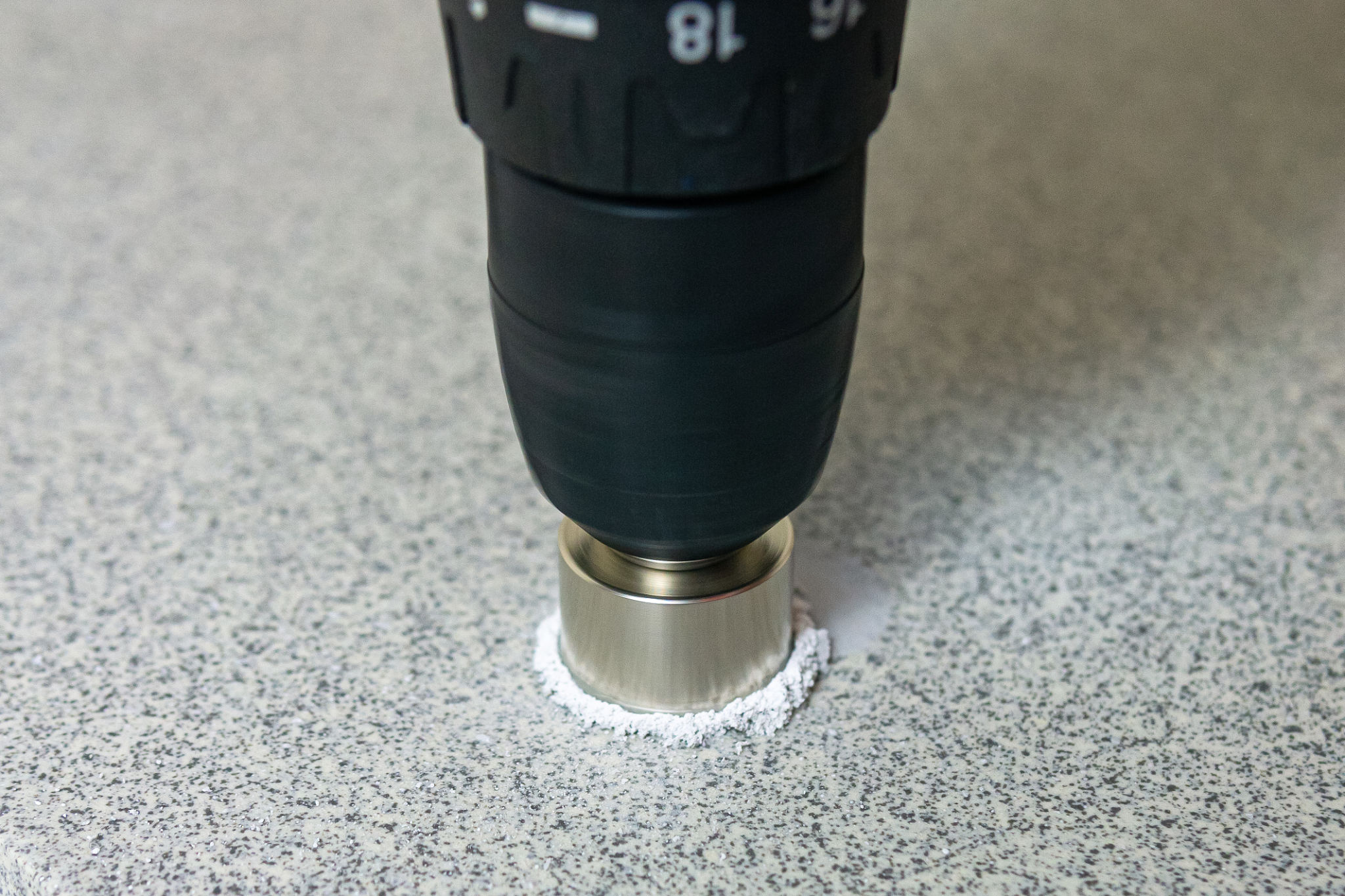Choosing the Best Annular Cutters for Structural Steel Projects
RR
When working on structural steel projects, selecting the right annular cutter can significantly impact the efficiency and quality of your work. Annular cutters, also known as core drills, are essential for creating precise holes in metal structures, making them a vital component of any steel fabrication toolkit.
Understanding Annular Cutters
Annular cutters are designed to remove material around the edge of a hole, leaving a solid slug at the center. This differs from traditional twist drills, which remove the entire material from the hole. The main advantage of this design is that it allows for faster drilling speeds and cleaner cuts.

These tools come in various sizes, materials, and coatings, each offering unique benefits depending on the application. Therefore, understanding the specific needs of your project is crucial to choosing the right cutter.
Material Considerations
The material of the annular cutter is a primary consideration when choosing a tool for structural steel projects. High-speed steel (HSS) cutters are popular due to their durability and cost-effectiveness. However, for tougher steel grades, carbide-tipped cutters offer superior hardness and heat resistance.
Carbide-tipped cutters are especially beneficial for high-volume production environments where consistent performance is critical. They maintain their cutting edge longer, reducing tool changes and downtime.

Coating Options
The coating on an annular cutter can enhance its performance by reducing friction and heat buildup. Titanium nitride (TiN) coatings are commonly used to prolong tool life by providing a hard, wear-resistant surface. Other coatings like titanium aluminum nitride (TiAlN) offer even greater heat resistance, making them suitable for high-speed applications.
Coated annular cutters can provide smoother cutting action and longer lifespan, which ultimately contributes to cost savings and improved project efficiency.
Choosing the Right Size
Annular cutters come in various diameters and lengths, so selecting the correct size for your project is essential. The diameter should match the size of the hole you need to drill, while the length determines how deep you can cut. It’s important to select a cutter that accommodates the full thickness of the material you’re working with.

Using an undersized cutter can lead to incomplete cuts and potential tool damage, so always verify your dimensions before starting a project.
Additional Features
Some annular cutters come with additional features such as pilot pins or ejector springs. Pilot pins help center the cutter and reduce lateral movement during startup, while ejector springs assist in removing the slug from the cutter after drilling.
These features can enhance the ease of use and accuracy of your drilling operations, making them worth considering when selecting a cutter.
Final Thoughts
Choosing the best annular cutters for structural steel projects involves considering several factors including material, coating, size, and additional features. By understanding these elements and their impact on your work, you can select a tool that not only meets but exceeds your project requirements.
Investing time in selecting the right annular cutter can lead to improved efficiency, reduced costs, and superior results in your structural steel projects.